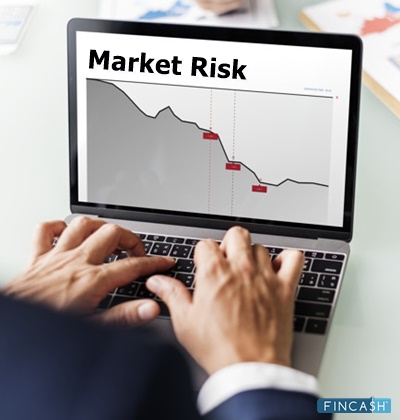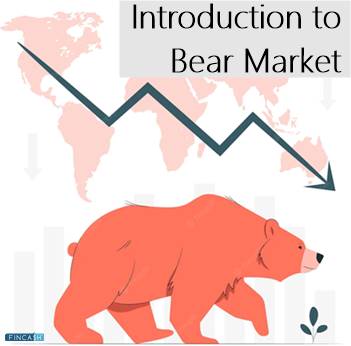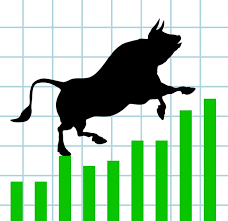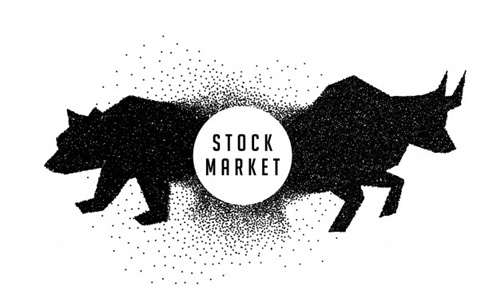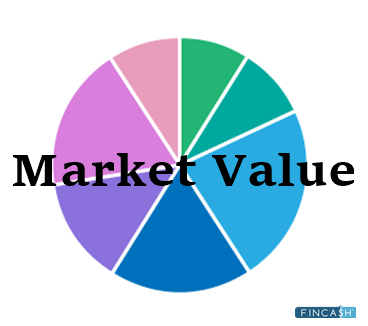
Table of Contents
Factor Market
What is a Factor Market?
In short and simple words Factor Market or input market is a term used colloquially for a market place that concentrates on the buying and selling of different goods and materials used by the company to manufacture a bigger product. These resources used by the companies help in generating the end product, which can then be sold to cover up the factor prices.

This type of market has a stark level of difference when compared to other types of market scenarios. In a normal market, primary functions are resorted to buying and selling of goods that are bought. As normal market comprises of buyers and sellers, a factor market operates through consumer demand.
Difference Between Product and Factor Market
One of the huge lines of the boundary between the two types of market lies in its ability to distinguish primary functions. While product market goods act as a major factor of production, a factor market is a scenario where goods are replaced by investment done to purchase Raw Materials and the labour cost involved.
The whole relationship shared between the product market, and the factor market is more concentrated and directly proportional to the demand for productive resources by the consumers.
Talk to our investment specialist
What is the Basic Principles of Factor Markets?
Ideally, factor markets is the basic need for an hour. Everything that we see or do today has a subliminal connection to the factor market scenario. Nearly every individual operating in the world today is a part of the factor market as a whole. Right from the employee wages, dividends, households, businesses to everyone - forms the factor market's interweaving chain.
All these attributes mentioned above, along with the combination of various goods and services, make a secure loop that allows easy flow of money. The whole relationship of the factor market depends on the simple terms of demand and supply.
In this ever-booming Economy, as the demand for workers increases, so does the wages' price. In short, whenever there is an increasing demand for a product, the company's workforce is bound to increase. However, in adverse conditions like Recession and falling economy, companies may resort to cost-cutting, freeze hiring, and even the consumer demand for goods tends to drop faster.
Why does the Current Market Scenario Rely on Factor Market?
One of the prime aspects that set the factor market apart from the rest is that it solely functions on the derived demand functionality. When the demand for derived goods and services increases, the factor market will also rise exponentially.
The factor market has a greater influence on the current market scenario as the consumer base is constantly expanding. People today have more and more reliance on basic goods and services for their needs.
Conclusion
There is a symbiotic relationship that exists between the factor market and the normal market scenario. The more the relationship exists in harmony; it tends to give rise to a more capitalistic economy, which will be solely driven on consumer-demand.
All efforts have been made to ensure the information provided here is accurate. However, no guarantees are made regarding correctness of data. Please verify with scheme information document before making any investment.



